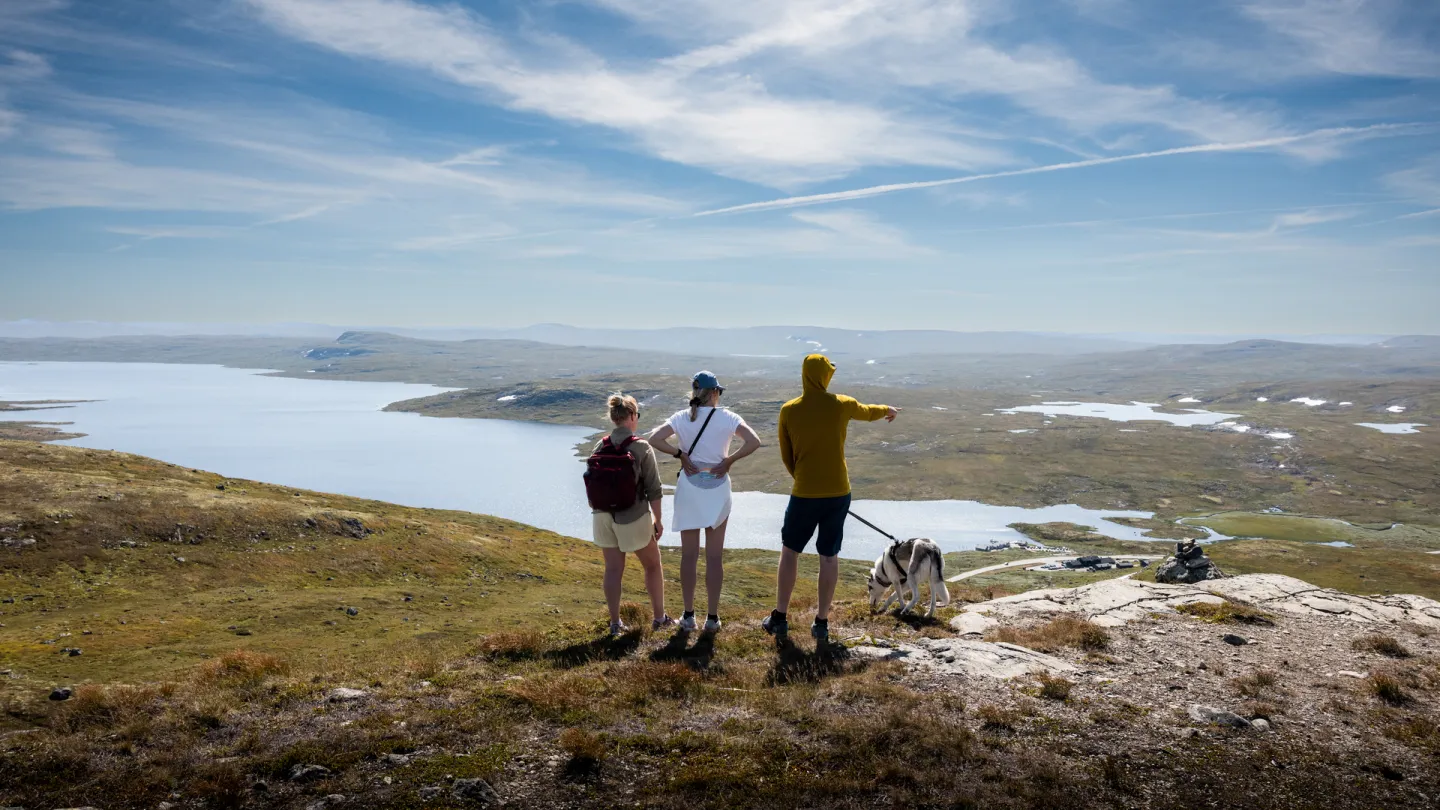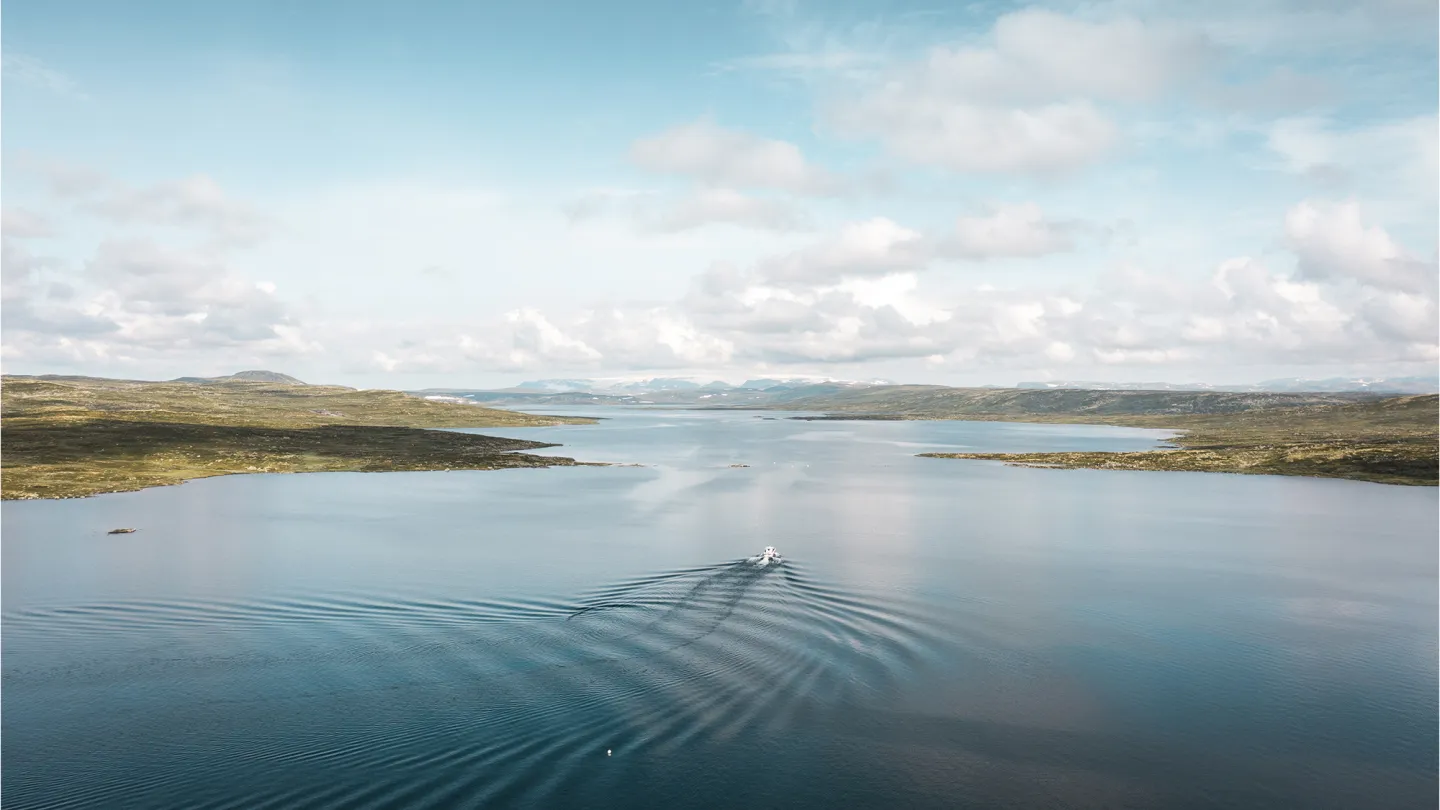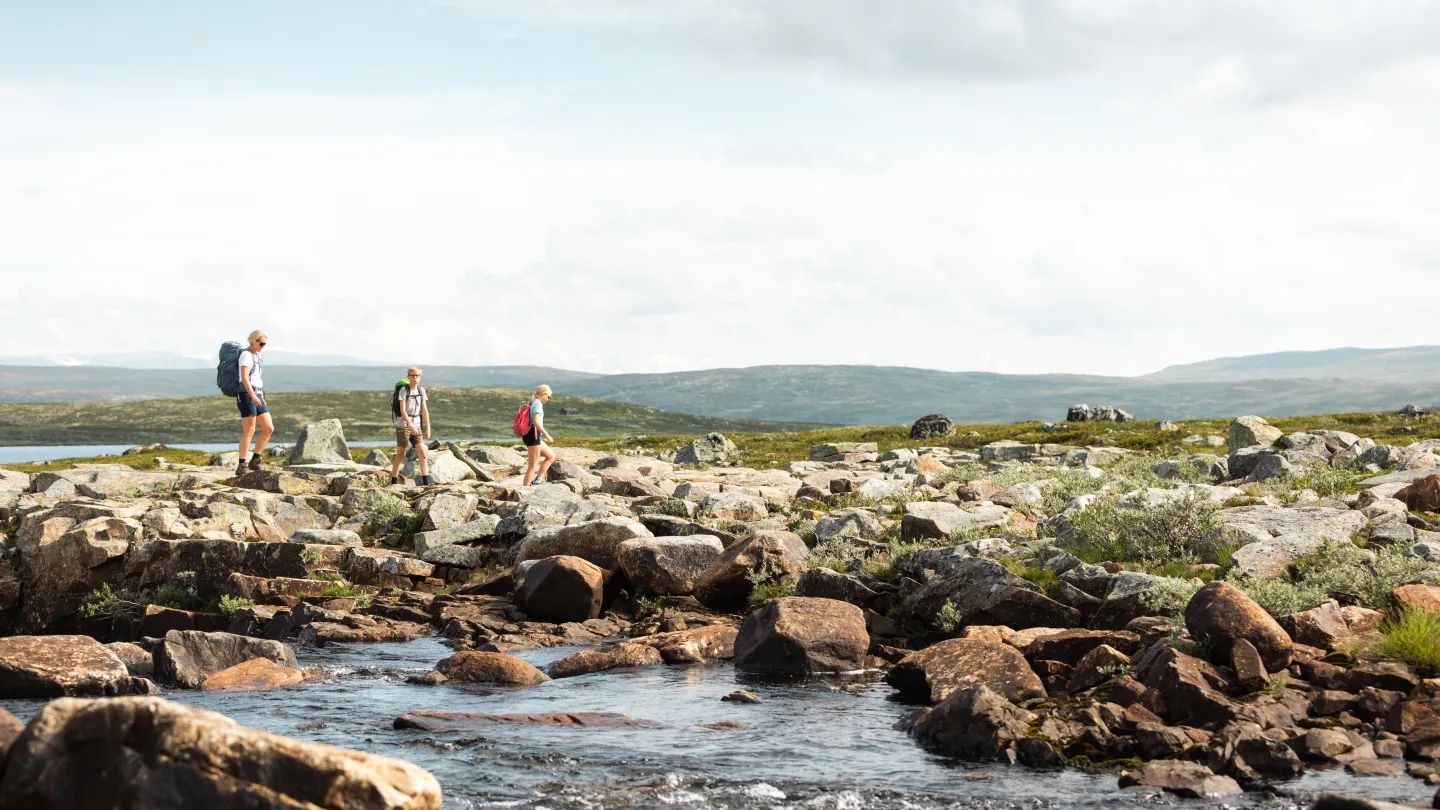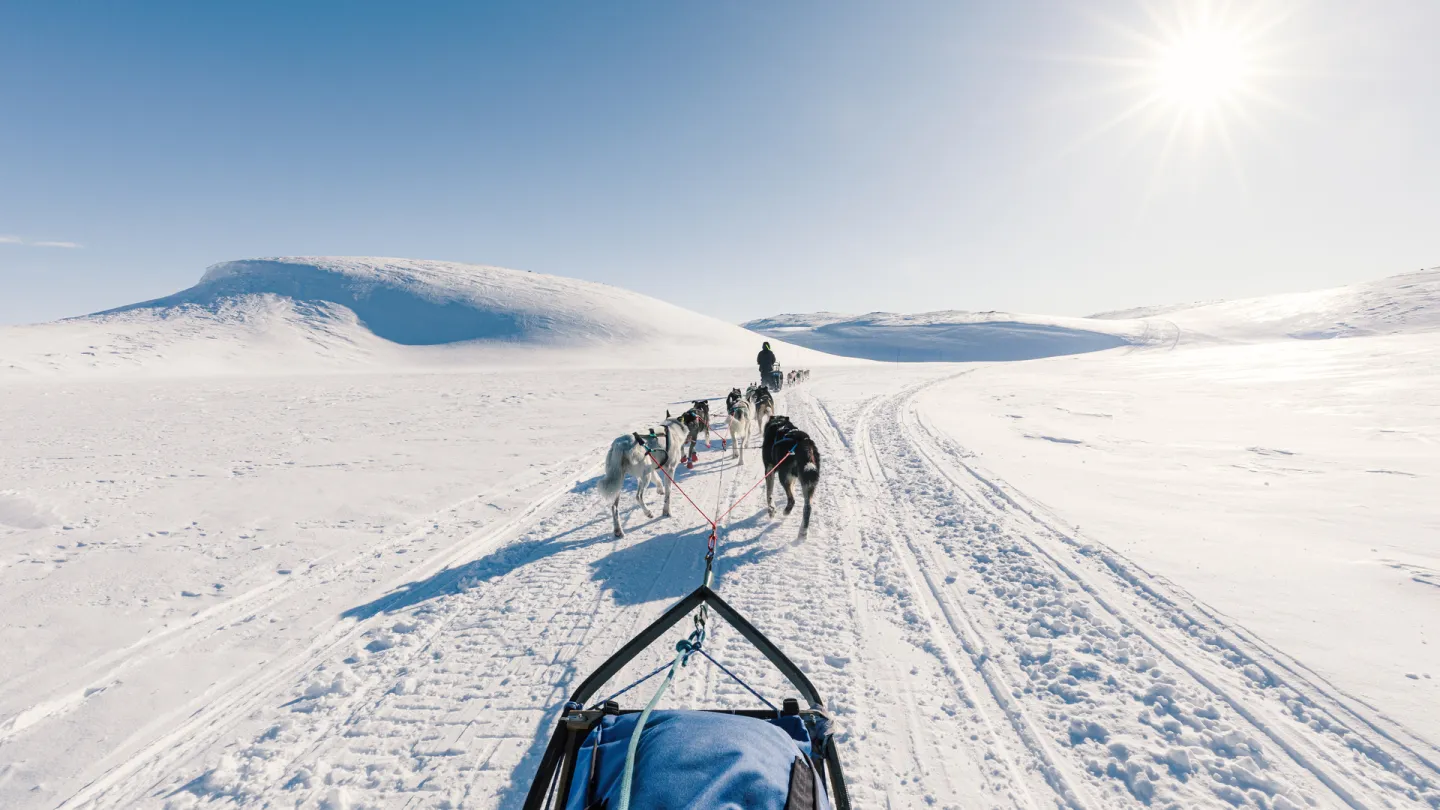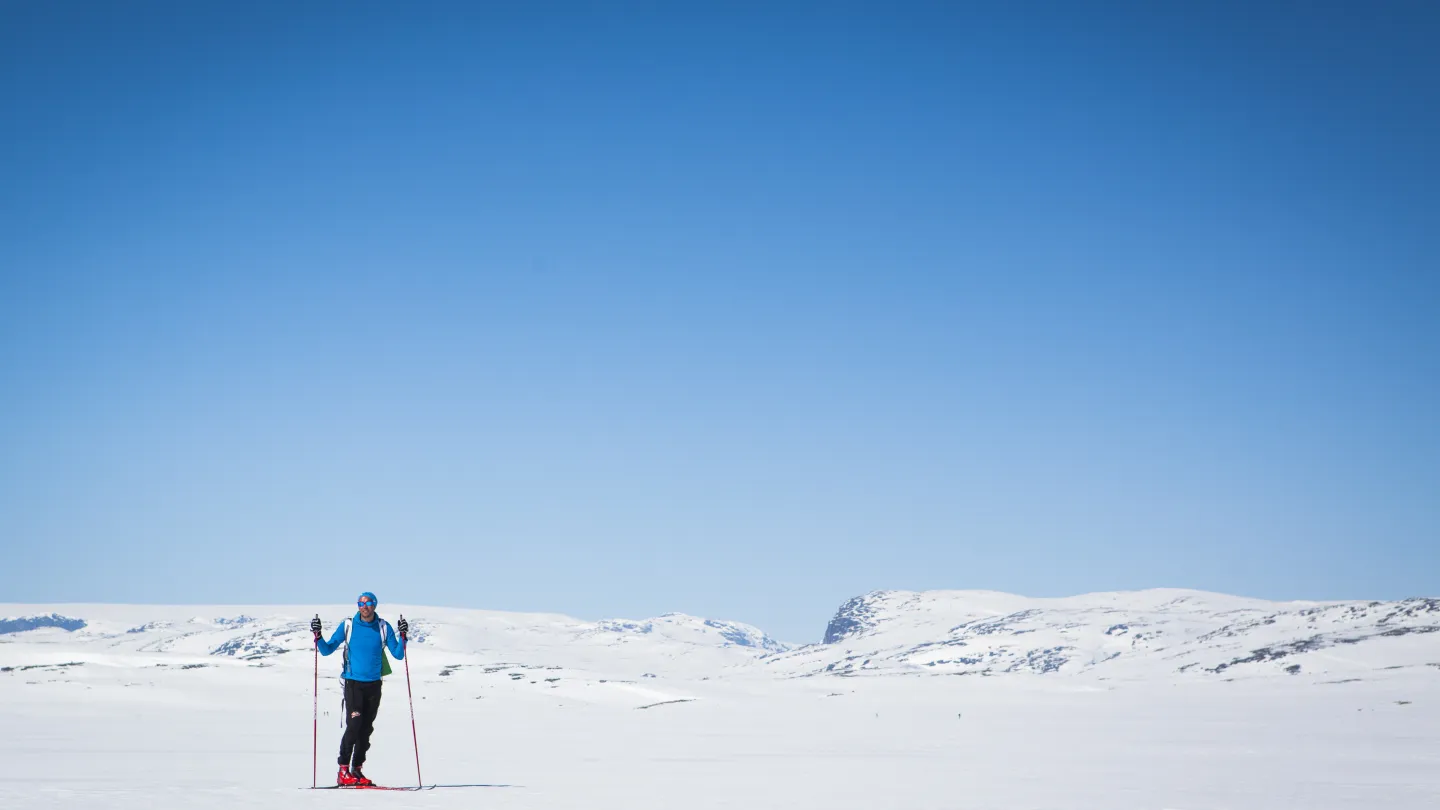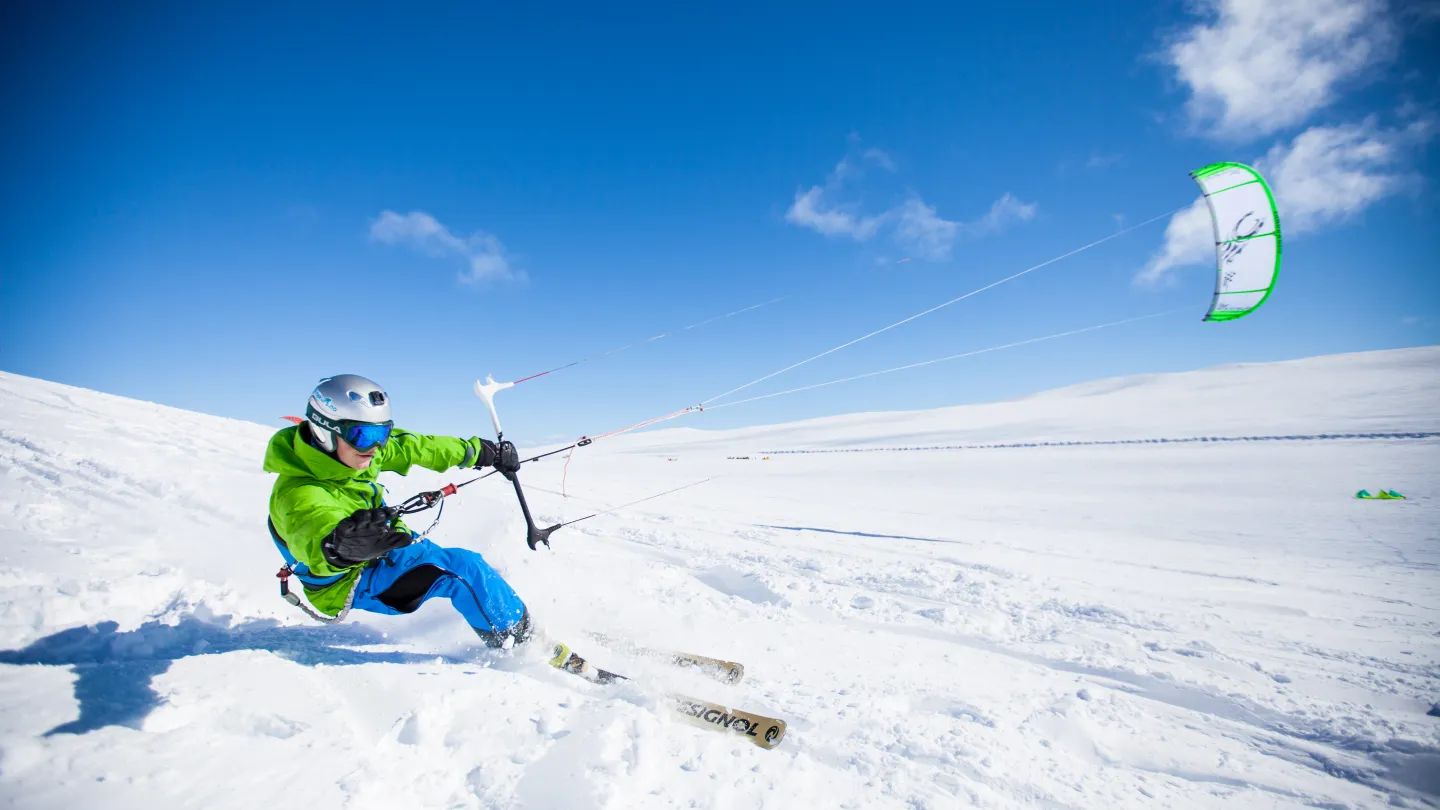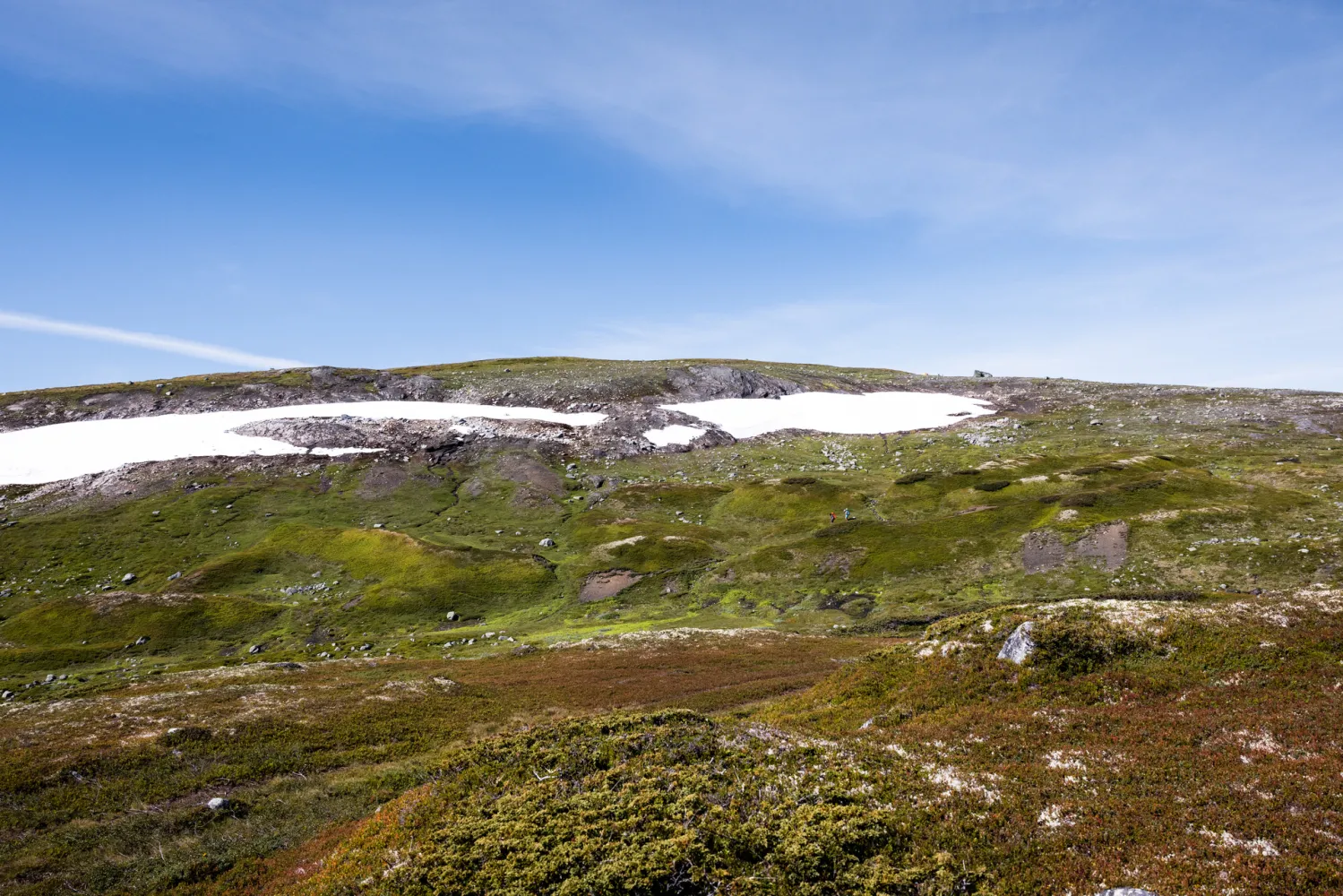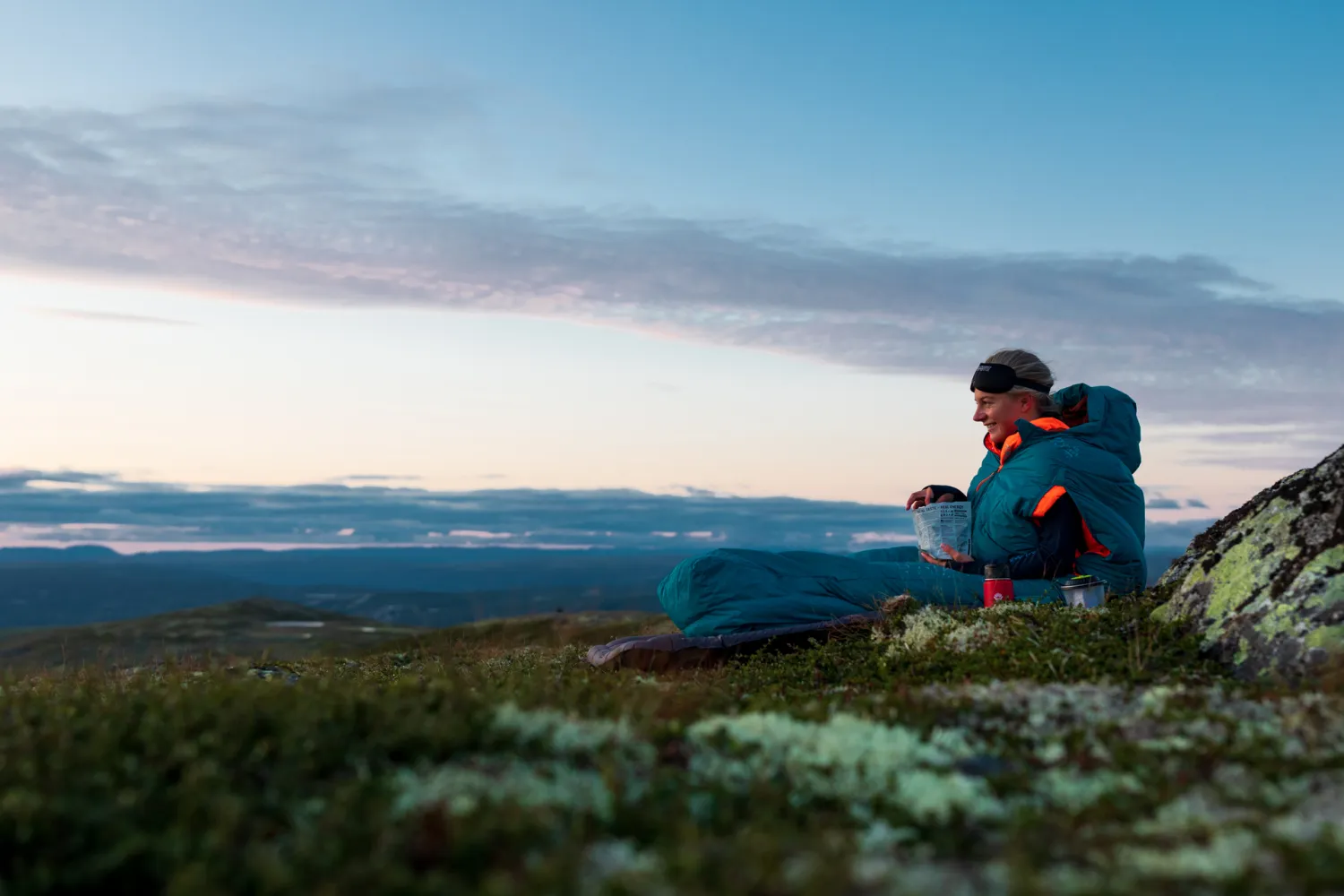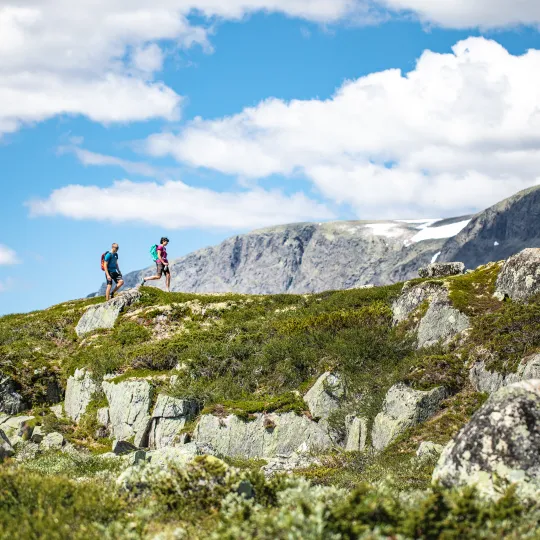Hardangervidda National Park
Northern Europe's Largest National Park
Hardangervidda National Park is the largest national park in mainland Norway, covering 3422 km² across Hordaland, Viken, and Telemark, spanning seven municipalities. Established in 1981, approximately half of the park’s area is privately owned.
From Geilo, Hardangervidda is easily accessible from several directions. Travel west on Route 7 through Geilo to Haugastøl, where you are at the foot of both Hardangervidda and Hallingskarvet. The park’s boundary follows Route 7, and you can drive further west to explore higher elevations on the plateau. Alternatively, take FV40 towards Dagali; both Seterdalen in Dagali and Tuva Turisthytte (accessible by car only in summer) are excellent starting points for adventures into Hardangervidda.
A visit to Hardangervidda National Park offers a remarkable experience, but you don’t necessarily need to cross the park’s boundaries to appreciate the vast plateau. The entire region provides exceptional nature experiences and breathtaking views.
